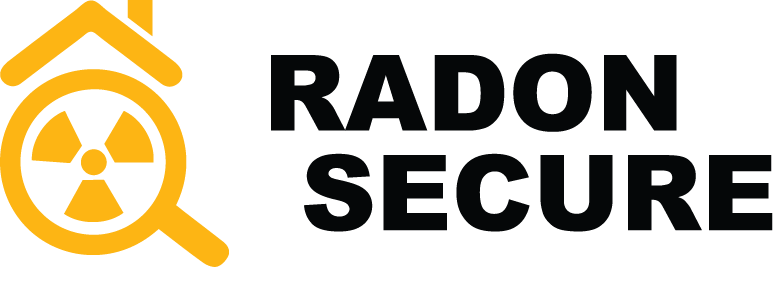Sources of Radon
- Radon Secure
- Nov 23, 2021
- 1 min read
Updated: Jun 14, 2024

A range of natural sources give off radon, including:
Uranium ores
Shales
Phosphate rock
Igneous and metamorphic rocks, such as granite and limestone
Natural rock is not the only source of radon. Man-made structures can also be responsible for radon poisoning.
Radon tends to enter buildings at their lowest point. It often makes its way in through splits in foundations, cracks in walls, gaps around pipes, cavities inside walls and the water supply. The gas is likely to build up in poorly ventilated, airtight buildings.
Levels vary a great deal between locations and, although the half-life of radon is less than 4 days, it can build up in high concentrations, especially in areas of low elevation, such as basements. Two adjacent homes and even two adjacent rooms can vary significantly in their levels of radon.
Prevention
If the radon readings are high, a number of methods can help manage the issue.
The most common methods include:
Sub-slab depressurization, or soil suction: This is by far the most effective way to reduce radon gases entering the home. The system consists of a vent pipe system and a fan that pulls radon from under the house, venting it to the outside.
Improving ventilation: This may reduce radon somewhat, by exchanging inside and outside air, but does not deal with the underlying problem of Radon entry into the property. Simply making the home airtight does not limit radon levels until implementing other measures.
For the best solution for you home, please consult with a certified professional on how to test, interpret and act on your radon results.





Comments